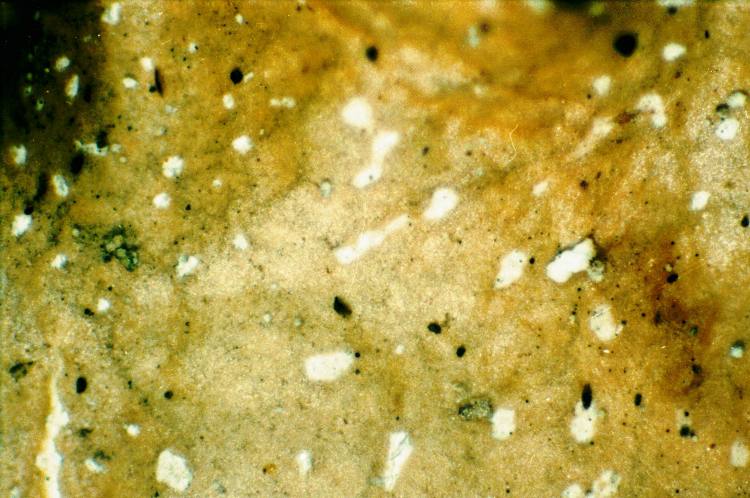Pseudocyphellae on:
[Wikipedia]
[Google]
[Amazon]
 Pseudocyphellae (singular ''pseudocyphella'') are structures in
Pseudocyphellae (singular ''pseudocyphella'') are structures in
 Pseudocyphellae (singular ''pseudocyphella'') are structures in
Pseudocyphellae (singular ''pseudocyphella'') are structures in lichen
A lichen ( , ) is a composite organism that arises from algae or cyanobacteria living among filaments of multiple fungi species in a mutualistic relationship.cortex of the lichen. They are caused when there is a break in the cortex of the lichen, and the medullary 
hypha
A hypha (; ) is a long, branching, filamentous structure of a fungus, oomycete, or actinobacterium. In most fungi, hyphae are the main mode of vegetative growth, and are collectively called a mycelium.
Structure
A hypha consists of one or ...
e extend to the surface. Pseudocyphellae are the same colour as the medulla of the lichen, which is generally white, but can be yellow in some species of ''Pseudocyphellaria
''Pseudocyphellaria'' is a genus of large, leafy lichens that are sometimes referred to as "specklebelly" lichens.Brodo, I. M., S. D. Sharnoff, and S. Sharnoff. 2001. ''Lichens of North America''. Yale University Press: New Haven. The genus has ...
'' and in ''Bryoria fremontii
''Bryoria fremontii'' is a dark brown, horsehair lichen that grows hanging from trees in western North America, and northern Europe and Asia. It grows abundantly in some areas, and is an important traditional food for a few First Nations in Nor ...
''. The presence/absence, abundance, colour, and shape of pseudocyphellae can all be diagnostic features used to identify different species. They facilitate gas exchange
Gas exchange is the physical process by which gases move passively by Diffusion#Diffusion vs. bulk flow, diffusion across a surface. For example, this surface might be the air/water interface of a water body, the surface of a gas bubble in a liqui ...
through the surface of the lichen, and may provide an adaptive advantage in temperate
In geography, the temperate climates of Earth occur in the middle latitudes (23.5° to 66.5° N/S of Equator), which span between the tropics and the polar regions of Earth. These zones generally have wider temperature ranges throughout t ...
environments.

References
*Brodo, I. M., S. D. Sharnoff, and S. Sharnoff. 2001. Lichens of North America. Yale University Press: New Haven. {{reflist Lichens Fungal morphology and anatomy